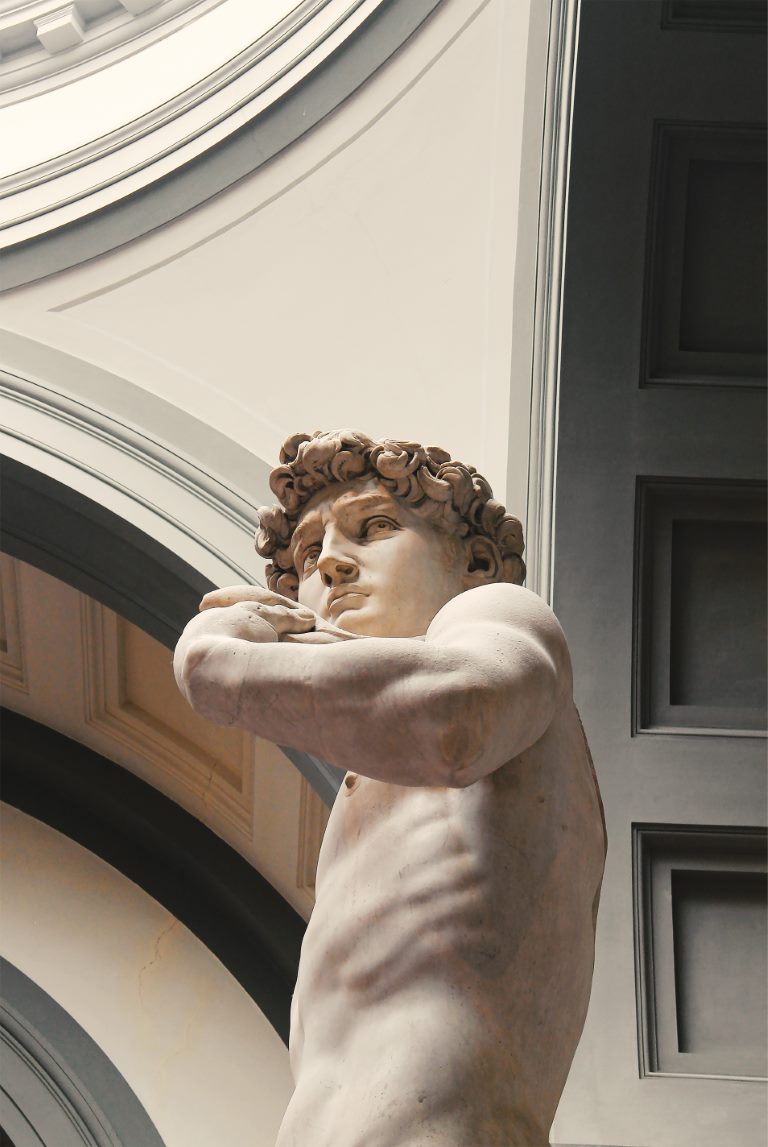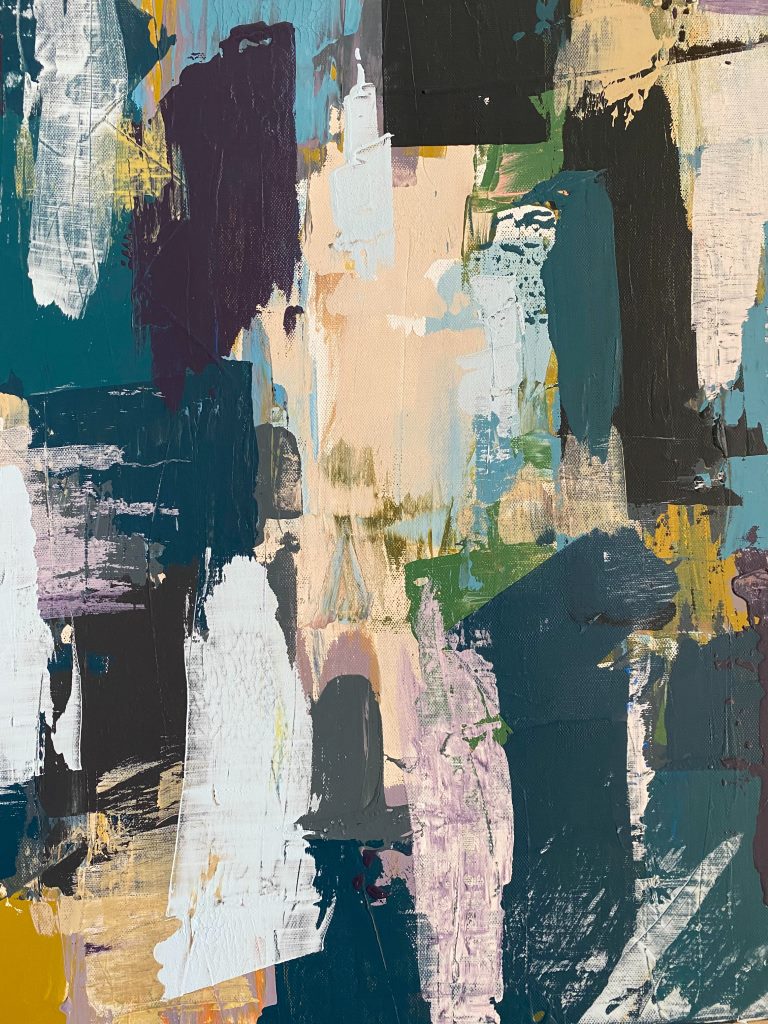How to Plan Your Dublin Gaelic Games Experience
If you’re looking for a unique way to experience Irish culture, history, and sports, then you should plan to participate in a Gaelic Games session in Dublin. This tour is offered by a third-party company, and it is an opportunity to learn about and play the oldest and fastest field sport in Europe. In this blog post, you will learn how to plan your Dublin Gaelic Games Experience and what to expect during your session.Experience
The Dublin Gaelic Games Experience is a 2-hour session that takes place at a local Gaelic club called “Na Fianna”. This club is located just 10 minutes away from the city center by bus, and it features modern facilities that include a dedicated visitor center. You can reach the club by taking one of three public bus routes: numbers 4, 9, or 155.Highlights
During your session, you will learn about the history and culture of Gaelic Games, and you will get to experience some of the most popular sports in Ireland. These include Gaelic football, hurling, and handball. You will participate in team-building activities and learn from experienced coaches and players. The highlights of this tour include: – Learning about the history and culture of Gaelic Games from passionate coaches and players – Participating in Gaelic football, hurling, and handball with other teammates – Experiencing Europe’s oldest and fastest warrior field sport in a fun and engaging way – Visiting a modern facility with a dedicated visitor center and excellent transport links to the city center.How to Book
To book your Dublin Gaelic Games Experience, you can visit the GetYourGuide website and book directly online. The price for the tour is €30 per person, and it includes all necessary equipment and coaching. To book, simply click on this link here and follow the instructions. Make sure to book in advance, as spaces do fill up quickly, especially during peak season.What to Bring
To ensure that you have a comfortable and enjoyable experience during your Gaelic Games session, it is recommended that you bring the following: – Comfortable sportswear and footwear – Water bottle – Sunscreen (if it’s a sunny day) – A light snack (if you get hungry easily)Tips for a Great Experience
To make the most of your Gaelic Games session, here are some tips to keep in mind: – Listen carefully to the coaches and instructions. – Don’t be afraid to ask questions or for help. – Meet and interact with your teammates to build camaraderie. – Relax and have fun! Remember, this is meant to be an enjoyable and engaging experience.Book Your Tour Now
The Dublin Gaelic Games Experience is an excellent opportunity to learn about and participate in one of Ireland’s most treasured traditions. By following these tips and suggestions, you can ensure that you have a memorable experience that enriches your understanding of Irish culture and history. Don’t wait – book your tour today and get ready to enjoy the craic!
Dublin FAQ – Everything You Need to Know About the Irish Capital
Dublin is one of the most vibrant and exciting cities in Europe, boasting a rich history, fascinating culture, friendly locals, and breathtaking scenery. Whether you are planning to visit Dublin for the first time or you are a seasoned traveler looking to uncover some hidden gems, this FAQ guide has got you covered. In this post, we have compiled a list of some of the most frequently asked questions about Dublin, Ireland, along with informative and helpful answers.1. What is Dublin’s climate like?
Dublin has an oceanic climate, which is characterized by mild winters and cool summers. The average temperature ranges from 4°C (39°F) in January to 19°C (66°F) in July. It is a rainy city, with rainfall being spread evenly throughout the year. The best time to visit Dublin is from May to September, when the weather is warm and dry.2. How do I get to Dublin?
Dublin is easily accessible by air, sea, and land. Dublin Airport is the main point of entry for international visitors, with around 30 airlines serving the airport from over 180 destinations worldwide. There are also regular ferry services connecting Dublin with other ports in the UK and France, as well as train and bus links with other parts of Ireland.3. What are the must-see attractions in Dublin?
Dublin is home to a wealth of historic and cultural attractions, including:- Guinness Storehouse
- Trinity College Dublin and the Book of Kells
- Dublin Castle
- St. Patrick’s Cathedral
- Kilmainham Gaol
- The National Gallery of Ireland
4. What is the best way to get around Dublin?
Dublin has an extensive public transportation network, including buses, trains, trams, and taxis. The buses and trams are operated by the state-run company, Dublin Bus, while the trains are run by Irish Rail. Taxis are widely available, and Uber is also active in Dublin. Cycling is also a great way to get around Dublin, with many bike rental schemes available throughout the city.5. Is Dublin a safe city for visitors?
Dublin is generally a safe city for visitors, with a low crime rate compared to other European cities. However, visitors should take common sense precautions, such as avoiding unlit and deserted areas at night, keeping valuables out of sight, and being aware of their surroundings.6. What is the local currency in Dublin?
The official currency in Dublin is the Euro. Most shops, restaurants, and hotels accept major credit cards, such as Visa and MasterCard. There are also plenty of ATMs located throughout the city, where visitors can withdraw cash.7. What is the nightlife like in Dublin?
Dublin has a vibrant and lively nightlife scene, with a range of pubs, bars, nightclubs, and live music venues to suit all tastes. Some of the most popular areas for nightlife in Dublin include Temple Bar, Camden Street, and Harcourt Street.8. What are some traditional Irish dishes to try in Dublin?
Dublin is known for its hearty and delicious traditional cuisine, including:- Irish stew
- Shepherd’s pie
- Coddle
- Boxty
- Colcannon
- Barmbrack
9. What are some popular festivals and events in Dublin?
Dublin hosts a wide range of festivals and events throughout the year, including:- St. Patrick’s Festival (March)
- Bloomsday (June)
- Dublin Fringe Festival (September)
- Open House Dublin (October)
- Temple Bar TradFest (January)
10. What are some day trips from Dublin?
Dublin is also a great base for exploring some of the stunning countryside and historic towns nearby. Some popular day trips from Dublin include:- The Cliffs of Moher
- The Wicklow Mountains
- The Rock of Cashel
- The Boyne Valley
- Kilkenny Castle
Book Your Tour Now
Dublin is a fascinating city with a rich history, warm hospitality, and an exciting culture. Whether you are a first-time visitor or a seasoned traveler, there is always something new to discover in Dublin. Use this FAQ guide to plan your trip and make the most out of your visit to this stunning Irish capital.
How to Spend Your Time as a Tourist in Dublin
Dublin, the capital of Ireland, is a must-visit destination for any traveler. The city is known for its rich history, vibrant culture, friendly locals, and lively nightlife. In this post, we will explore how to spend your time in Dublin as a tourist, from exploring the history of the city to experiencing the local food and drink scene.1. Explore Dublin’s Historical Sites
Dublin has a rich history that dates back over 1,000 years. The city is home to many historical landmarks that are worth checking out. Here are some of the top historical sites you should visit in Dublin:- Dublin Castle: Dublin Castle is a historic site that dates back to 1204. It was originally built as a fortress and was later used as a residence for the British monarch’s representative in Ireland. Today, you can tour the castle and its gardens.
- St. Patrick’s Cathedral: St. Patrick’s Cathedral is the largest church in Ireland and was founded in 1191. The church has been rebuilt and renovated several times over the years, but it still maintains its medieval charm.
- Kilmainham Gaol: Kilmainham Gaol is a former prison that has been turned into a museum. Many Irish revolutionaries were held and executed at the prison, and it played an important role in Ireland’s fight for independence.
- Trinity College: Trinity College is one of the oldest universities in the world and was founded in 1592. The college’s oldest building, the Old Library, houses the famous Book of Kells.
2. Experience the Local Food and Drink Scene
Dublin has a fantastic food and drink scene that you won’t want to miss. From traditional Irish pubs to Michelin-starred restaurants, there is something for everyone. Here are some of the top places to experience the local food and drink scene in Dublin:- The Brazen Head: The Brazen Head is Dublin’s oldest pub, with a history dating back to the 12th century. The pub serves traditional Irish fare and has live music most nights of the week.
- Guinness Storehouse: The Guinness Storehouse is a museum and brewery tour that showcases the history of Guinness and how it is made. At the end of the tour, you can enjoy a pint of Guinness with a view of the city.
- Chapter One: Chapter One is a Michelin-starred restaurant that serves contemporary Irish cuisine with a focus on locally sourced ingredients. The restaurant has an extensive wine list and a seven-course tasting menu.
3. Visit Dublin’s Museums and Galleries
Dublin has many excellent museums and galleries that are worth checking out. Here are some of the top museums and galleries to visit in Dublin:- National Museum of Ireland – Archaeology: This museum showcases Ireland’s prehistoric and medieval history, including the famous Ardagh Chalice and Tara Brooch.
- National Gallery of Ireland: The National Gallery of Ireland houses a collection of over 16,000 works of art, including many by Irish artists.
- The Little Museum of Dublin: The Little Museum of Dublin is a quirky museum that showcases the history of Dublin in the 20th century. The museum has a collection of over 5,000 artifacts donated by Dubliners.
4. Go Shopping in Dublin
Dublin has many excellent shopping districts that are worth exploring. Here are some of the top places to go shopping in Dublin:- Grafton Street: Grafton Street is one of Dublin’s main shopping streets and is home to many high-end stores and boutiques.
- Powerscourt Centre: The Powerscourt Centre is a historic building that has been converted into a shopping center. It houses many independent boutiques, cafes, and restaurants.
- Temple Bar Market: The Temple Bar Market is a weekly market that sells artisanal food, crafts, and vintage items.
5. Enjoy Dublin’s Nightlife
Dublin is known for its lively nightlife, with many pubs, bars, and clubs to choose from. Here are some of the top places to enjoy Dublin’s nightlife:- The Temple Bar Pub: The Temple Bar Pub is a famous pub that is always packed with locals and tourists. It has live music most nights of the week and is a great place to sample traditional Irish music.
- The Porterhouse: The Porterhouse is a microbrewery that serves a variety of craft beers, including their own brews. They also have live music most nights of the week.
- Coppers: Coppers is a popular nightclub that plays a mix of pop, rock, and dance music. It is a great place to dance and socialize with locals and tourists alike.
Book Your Tour Now
Dublin is a fantastic city to visit, with many historical sites, excellent food and drink, and a lively nightlife. Whether you are interested in exploring the city’s history or experiencing its modern culture, there is something for everyone in Dublin. We hope this guide has helped you plan your visit to Dublin and make the most out of your time in this fantastic city.Table of Contents

